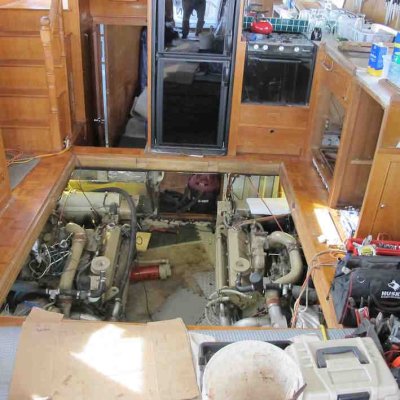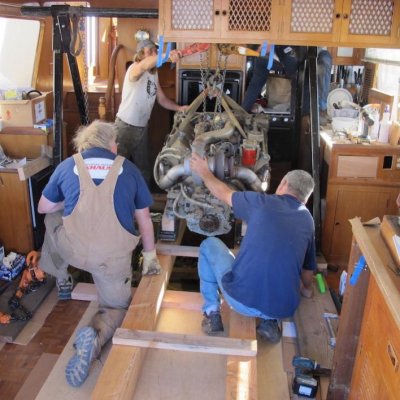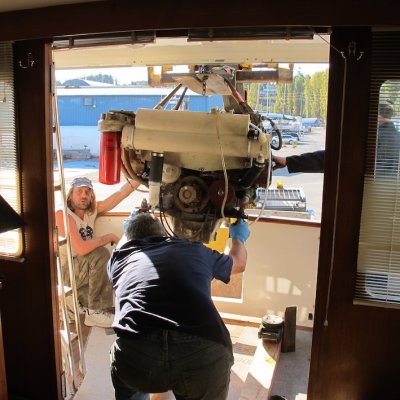BruceK
Moderator Emeritus
- Joined
- Oct 31, 2011
- Messages
- 13,347
- Vessel Name
- Sojourn
- Vessel Make
- Integrity 386
Marin`s post reminds me of a certain "subcontinent" airline, keen to depart Sydney, unable to close a door, pushed it shut with a forklift tine, "repairing" the resulting punched hole with a pop riveted patch.
Personally I`d avoid cutting holes in sides of boats unless unavoidable. (Should builders include removable side panels to accommodate inevitable tank replacements?)
Anyone doing it ought disclose to their insurer, if the work failed and a claim resulted the insurer could (here at least) rightly deny for non disclosure. Providing a survey certificate when disclosing would help, all the more if the surveyor checked the work at multiple stages, not just the faired painted polished stage.
Personally I`d avoid cutting holes in sides of boats unless unavoidable. (Should builders include removable side panels to accommodate inevitable tank replacements?)
Anyone doing it ought disclose to their insurer, if the work failed and a claim resulted the insurer could (here at least) rightly deny for non disclosure. Providing a survey certificate when disclosing would help, all the more if the surveyor checked the work at multiple stages, not just the faired painted polished stage.


 absolutely the red...and the rest too...
absolutely the red...and the rest too...


